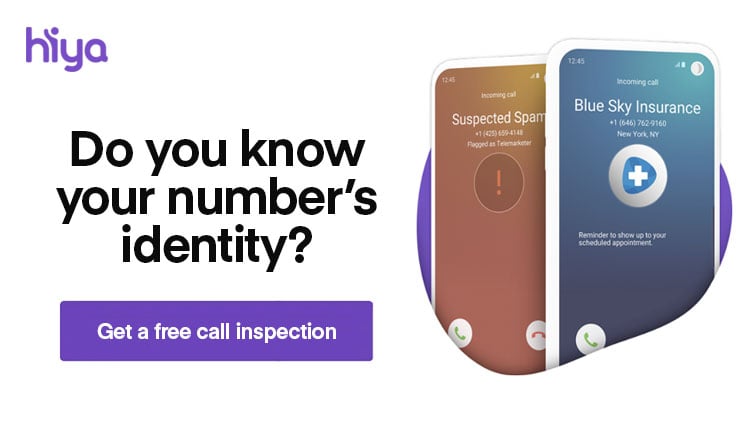One of the best ways to set your bank apart from the competition is to provide top-tier communication to your customers. Without it, banking customer service will suffer, especially during high-volume seasons.
When tax season rolls around, it can put a strain on your voice channel and contact center; customers expect answers and issues to be resolved quickly, just like the experience they receive in non-peak seasons, but the influx of phone calls from customers regarding mortgage statements, interest rates, and more can put a strain on your contact center. Our State of the Call Report found that 31% of customers prefer voice for communication with banks and lenders (with email coming in second at 20%). The increased demand can cause the quality of service to drop unless strategies are put in place to handle the volume.
The voice channel is critical to your customer's experience with your financial services institution. Here are five ways you can maximize your customers' voice interactions and give them confidence that when you call, you'll get their issues resolved quickly and maintain high customer satisfaction with them.
Understand interactions along the customer journey
Map out the customer journey as an efficient way to understand your customer and improve the overall customer experience. Start by asking:
- What does a potential customer’s first interaction with your bank look like?
- How do they onboard?
- What does opening an account look like?
- How can they apply for additional services, such as a home loan or credit card?
- How can a customer interact with the bank if they need help with a transaction or have a question about their account?
Once you've mapped out different times a customer may engage with you throughout their entire customer journey, consider what you can do to make each interaction personalized, seamless, and consistent, no matter what communication channel they are using.
Personalized communication
Personalization is what allows banks to effectively maintain identity amidst vastly different customer preferences. In fact, customers have come to expect personalization; most companies will do their best to anticipate customer needs and make relevant suggestions through various communication channels.
Understanding the communication channel your customers prefer to use is important. For instance, voice call remains the most immediate and personal way to handle banking communication. When it comes to larger, more complex transactions, such as applying for a home loan, consumers want to talk to a human. As with any other form of communication, the voice channel benefits from personalization. Introducing a branded caller ID solution can be a key customization point for securing your network’s identity.
Gather feedback
Your customer’s feedback is the most valuable source of inspiration. Monitor company mentions in social media posts, send email surveys or ask your customers to answer a few questions at the end of a call. This will help you know if customer needs are being met or how you can level up your communication strategy.
Another important source of feedback is your employees. Bank employees (tellers, agents, etc.) are on the front lines of communicating with customers and likely have valuable insight into what can improve—because customers directly share this information with them. Their input should be sought out when improving communication.
Develop trust
Trustworthiness is one of the most important characteristics a bank can have. Despite the countless channels of communication, voice calls are still the number one preferred channel of communication by consumers and businesses alike. Speaking over the phone with an agent helps customers feel that their assets are secure and their security is protected. With physical branches being replaced by the virtual world, the phone call offers a personal connection point between businesses and customers.
Clear, direct, and personal communication will help you build trust with your customers. Security should be one of your leading messages.
Use branded caller ID
Have you ever received an unidentified call and not answered, fearing it was a spam call? Your customers do the same. This leads to banks being unable to notify customers with important alerts; when your customers aren’t sure who is calling they are less likely to answer, resulting in lost productivity, customer retention, sales, and cash flow. Branded caller ID allows you to display your company name, logo, and reason for calling. Rather than fearing a potential scam, this will let the customer know that the call is legitimate – Increasing trust with customers.
Having a good banking communications strategy is crucial to creating and nurturing a strong customer base. Use these five above tips to make sure your customers have a great experience every time.
One of the most demanding times for financial services is tax season. Banks see an influx of customer inquiries about interest and mortgage statements. If you aren’t prepared, communication and customer satisfaction will begin to break down. Download our Tax Season eBook for more information to make this tax season a success.











